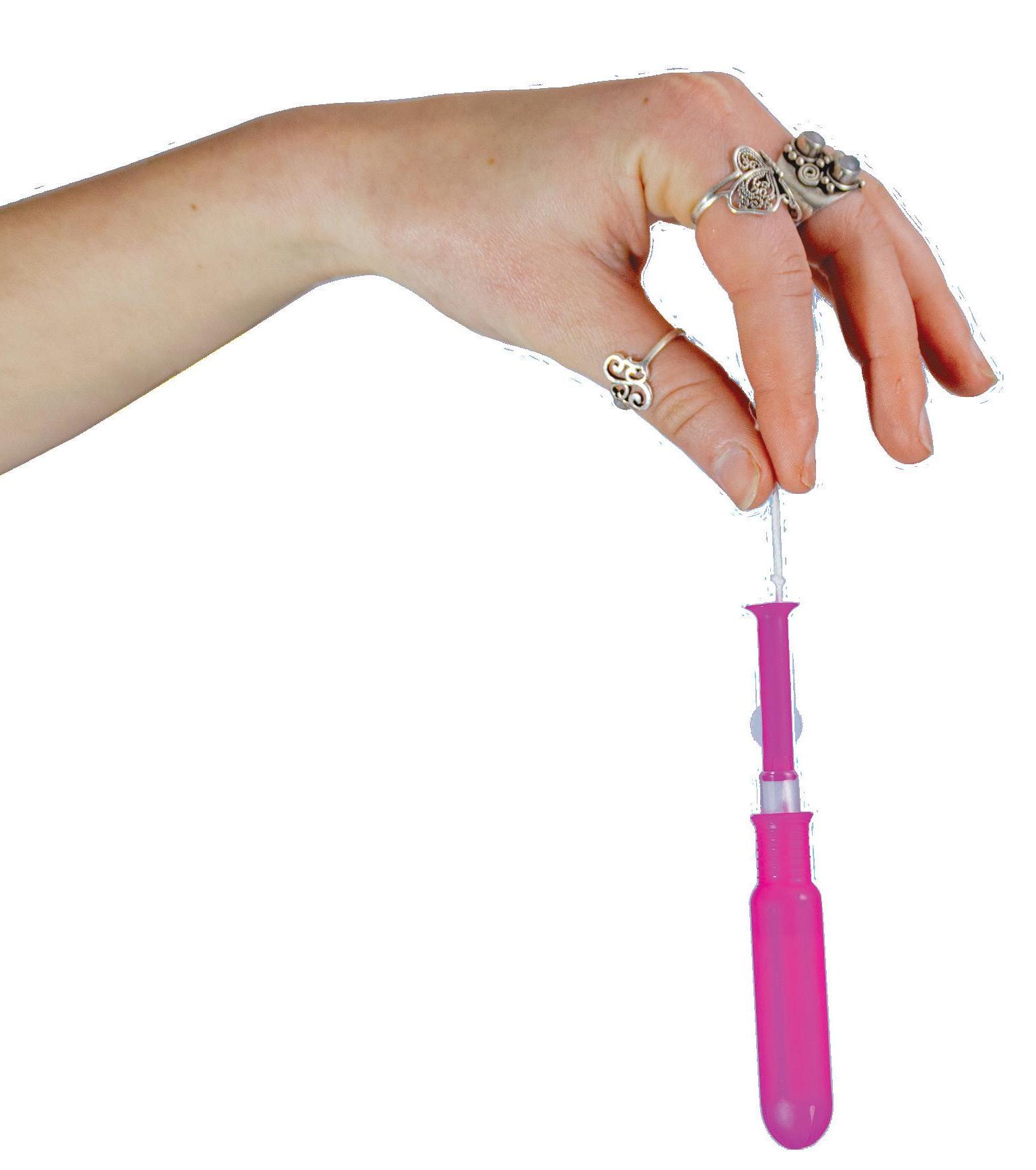
6 minute read
An Upstream Battle
As native Pacific Northwest fish populations continue to decline, indigenous peoples, recreational anglers and consumers are running out of ways to stay afloat.
Written by Lena Felt Photo by Kezia Setyawan
Advertisement
Photo caption: Wil Kiplinger’s bobber floats down the Willamette River in the middle of what turned out to be an unsuccessful day on the water. Days like these have grown more and more common, but Kiplinger does his best to keep a positive attitude.
In anticipation of the freezing temperatures outside, Wil Kiplinger tugs a fourth layer over his head. He lifts the straps of his waders onto each shoulder and steps out of his truck and into the dark. The sound of the Siletz River fills the air; it’s still a bit murky and swollen from the recent rainstorm. Kiplinger works quickly to detach his fishing boat from its trailer and get it on the water—the sooner he casts a line, the more likely he is to catch a fish.
Kiplinger, 23, is a commercial fishing guide and owner of Smoke on the Water Guide Services in Eugene, Oregon. Like many in his profession, Kiplinger aims to ensure his clients have a successful day on the water. His diligent preparation means little, however, if there simply aren’t enough fish to catch.
Thousands of people living in the Pacific Northwest face a potential loss of a primary source of food and income as populations of native fish continue to decline. According to the National Oceanic and Atmospheric (NOAA), more than half of all Pacific salmon and steelhead trout remaining on the west coast of the U.S. are facing the threat of extinction.
“It’s getting tougher because there are less fish recently, which means more restrictions and regulation,” says Kiplinger.
These regulations are meant to preserve the fish. As a fishing guide, however, Kiplinger finds it increasingly difficult to keep his business afloat.
“It’s a very uncertain future for sure. I’m not sure what I will and will not be able to fish,” says Kiplinger.
It’s not just those in the fishing industry taking a hit: the declining salmon population also seriously affects Northwest coast indigenous peoples. Salmon are essential to many local native cultures, as the fish have helped to sustain both people’s diets and the economy for hundreds of years.
“They had, and still do have, amazing cultural, emotional and spiritual importance for tribal members,” says Alex Gonyaw, 43, a senior fisheries biologist for the Klamath Tribes in Klamath Falls. Gonyaw has dedicated his life to environmental management and fish restoration. His passion began at a young age.
“I spent every waking hour when I was a kid fishing or out in the woods,” says Gonyaw.
This inspired him to pursue a Ph.D. in fisheries biology at Oregon State University, which he received in 1999. It is now his life goal to save these fish from going extinct— an enormous undertaking considering the many factors that influence their health. Most of these factors can be encapsulated in two words: habitat loss.
“Climate change is particularly troublesome because everything in the natural world is influenced by temperature,” says Gonyaw. “A one degree Celsius change in temperature has an enormous impact from a biological perspective. It’s one of those forces that cascades through the entire ecosystem and affects every single living thing.”
Due to human development and rising water temperatures, it’s not just salmon that are dying; it’s their entire ecosystem.
“It would be a travesty for these species that have existed here for millions, if not tens of millions of years, to disappear in a hundred years because of human apathy,” says Gonyaw. “That should be unacceptable in this day and age, that we would let this kind of thing happen. There is an ethical and moral imperative that we do something.”
There are people in the industry, however, taking matters of change into their own hands.
Alex Worth, an avid 26-year-old fly fisherman, is acutely aware of the declining fish populations and decided to do something by taking a more sustainable approach to his hobby. He exercises “catch and release” fishing—a conservation practice intended to curb overfishing by releasing any caught wild fish back into the water without inflicting unnecessary harm. There wasn’t a specific experience that sparked Worth to make this Administration change. Rather it was a gradual understanding that he wanted this resource to last.
“The main thing about catch and release is I want to conserve the resource for future generations and for future anglers,” says Worth. “There’s nothing more satisfying than handling a fish in a way that doesn’t harm the fish at all and then going back a year later and catching the exact same fish the exact same way, knowing you had no impact more on the environment but you got that connection.”
For Worth and Kiplinger, their passion for fishing extends beyond the harvest. It’s about spending time in nature and enjoying the tranquility.
“As long as I’m allowed to go float down the river in a boat I’m gonna make a good day of it,” says Kiplinger.
Still, Kiplinger acknowledges that his industry is starting to struggle. Usually, he spends his summers on the Nushagak River in Alaska—times that are often his most productive trips of the year. Last summer, however, he was sorely disappointed.
“It was the worst season on that river ever, as far as toal fish runs,” says Kiplinger. “There were 38,000 salmon t last year and on average there are 100,000 total.”
Despite the low run, there wasn’t a single day where he didn’t catch a few salmon. But rather than catching 30 to 100 salmon a day, he was catching one to 10.
“I think that I can always get enough work to at least live for myself. It’s just I can’t ever turn down work,” says Kiplinger.
After six hours on the Siletz River and countless false alarm tugs of the fishing rod, Kiplinger decides to finally call it quits for the day. “I’ve had so many good days in a row,” he says. “I was bound to have an off day.”
Those good days he looks forward to from the moment he wakes up are becoming more and more scarce, but Kiplinger does his best to keep a smile on his face.










